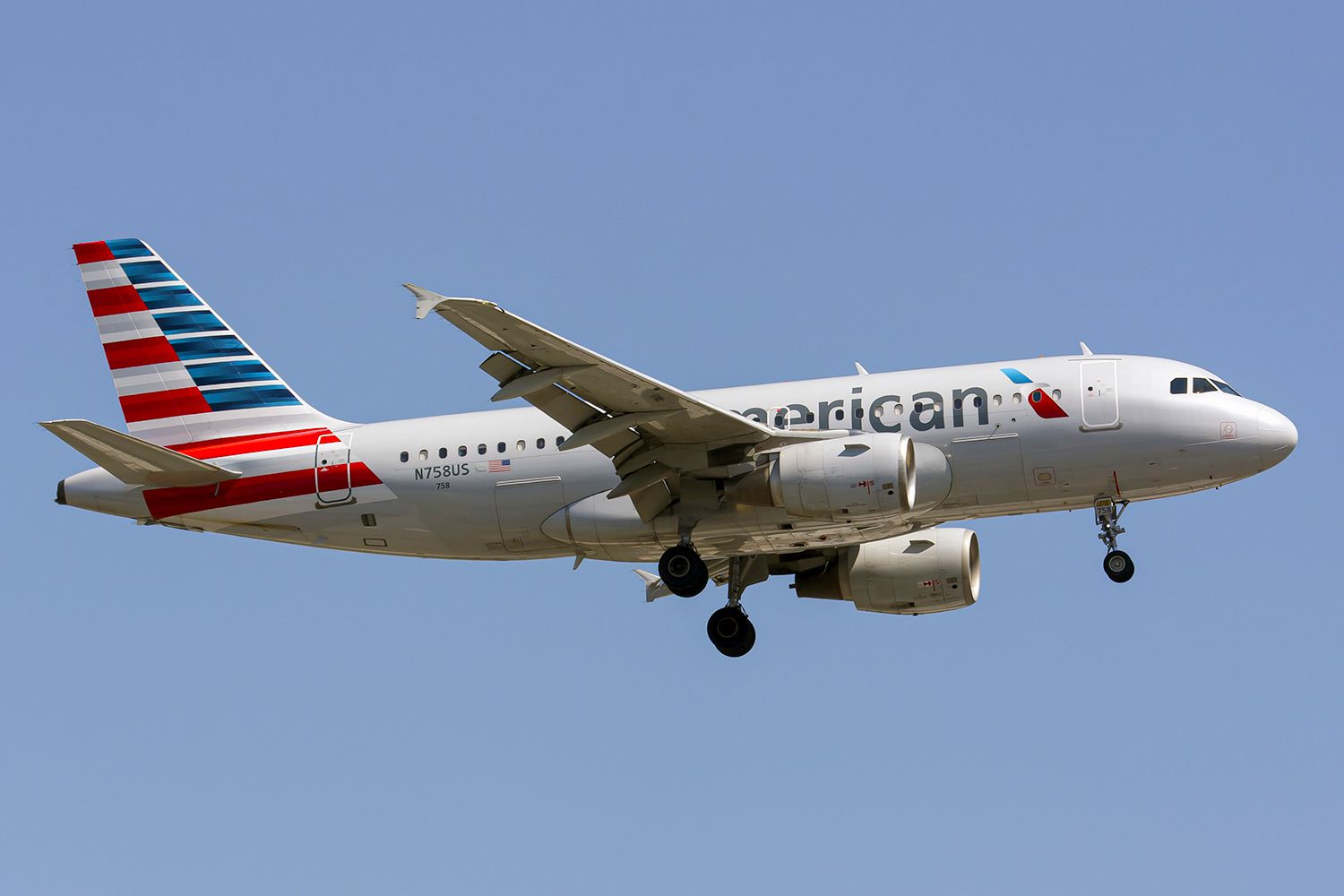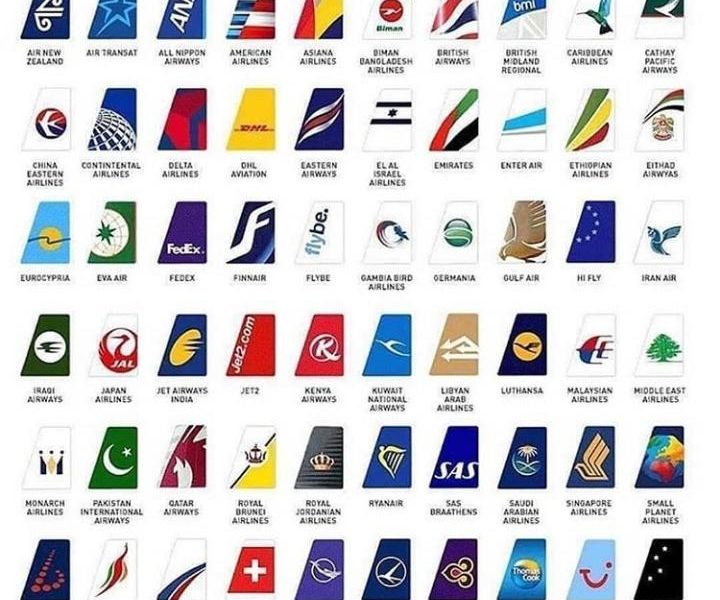Passengers aboard a recent American Airlines flight to Naples found themselves unexpectedly touching down nearly 140 miles away from their intended destination, turning a routine trip into an inconvenient adventure. The diverted flight sparked immediate curiosity about what exactly caused the sudden rerouting.
Why the Flight Was Forced to Divert
On June 8, an American Airlines flight traveling from Philadelphia International Airport (PHL) to Naples International Airport (NAP) in Italy made an unplanned landing in Rome, about 140 miles north of Naples. Airline officials confirmed the diversion was necessary due to severe weather conditions, specifically thunderstorms and poor visibility around Naples, making a safe landing there impossible.
In aviation, passenger safety takes priority over punctuality, and airlines frequently make decisions to reroute flights when weather becomes a risk. Despite modern aviation technology, unpredictable weather remains a factor airlines cannot entirely control.
How Passengers Were Affected
Travelers on board the diverted flight faced considerable inconvenience. Upon landing at Rome’s Leonardo da Vinci-Fiumicino Airport, passengers had to wait several hours before alternative transportation options were arranged to reach Naples. Passengers took to social media, sharing their frustration but also understanding the airline’s commitment to safety.
American Airlines quickly provided transportation options, arranging buses and trains for affected passengers, demonstrating responsiveness amid the unexpected detour.
What Happens During a Flight Diversion?
Flight diversions, although inconvenient, follow strict procedures designed to minimize disruptions and keep passengers informed. Pilots coordinate with air traffic control and airline operations to find the nearest suitable airport when the original destination isn’t accessible.
Once safely landed at an alternative location, airlines typically offer options including ground transport, rebooking onto later flights, or hotel accommodations depending on the length of the delay. Communication is key during such events, helping to ease passenger concerns and clarify next steps.
Can Passengers Claim Compensation?
In situations involving weather-related diversions, airlines typically aren’t legally obligated to provide compensation beyond assistance measures such as alternative transportation. Passengers affected by the diversion to Rome might receive amenities like refreshments and transportation arrangements, but typically not cash compensation, as severe weather is classified as an uncontrollable circumstance.
Passengers concerned about rights during flight disruptions should check airline policies and regulations such as EU261/2004, which covers certain types of delays and diversions.
What This Means for Future Travelers
This diversion serves as a reminder of the importance of staying flexible during travel, particularly during peak weather seasons. Travelers are encouraged to stay updated through airline apps and maintain patience during unexpected detours.
Ultimately, American Airlines’ flight diversion to Rome highlights how airlines prioritize passenger safety, even if it means landing 140 miles away from the intended destination in Naples.



